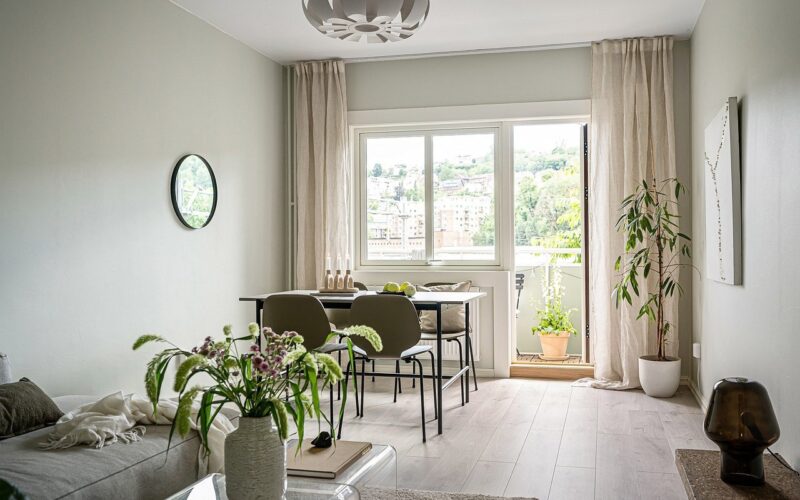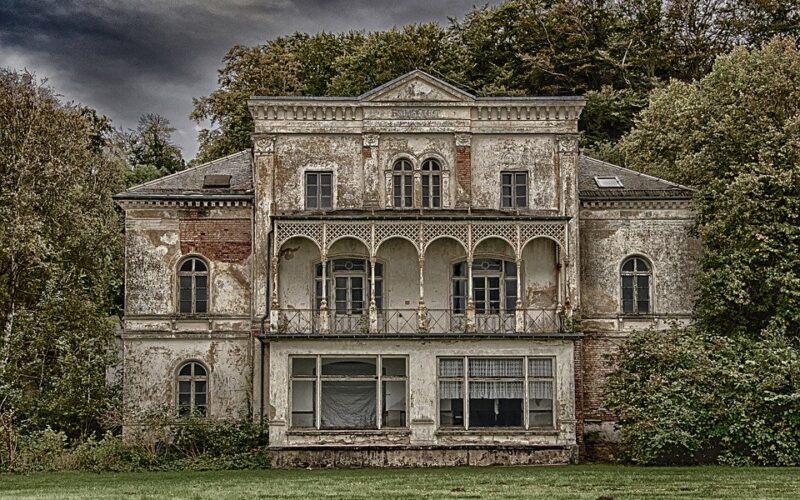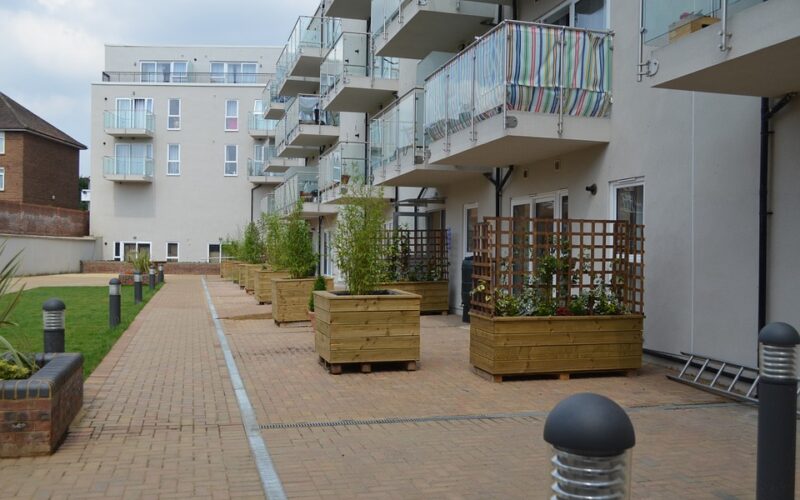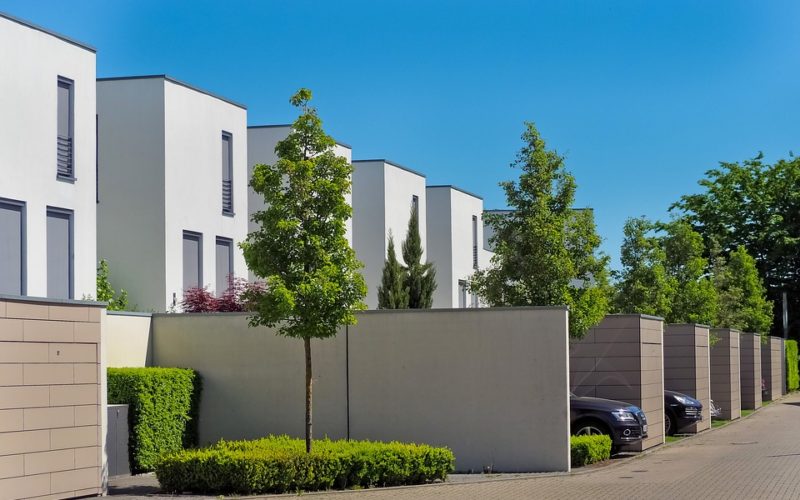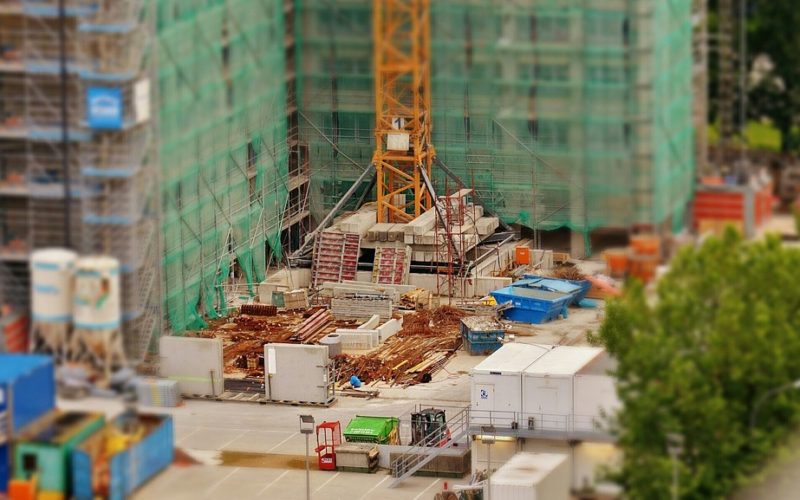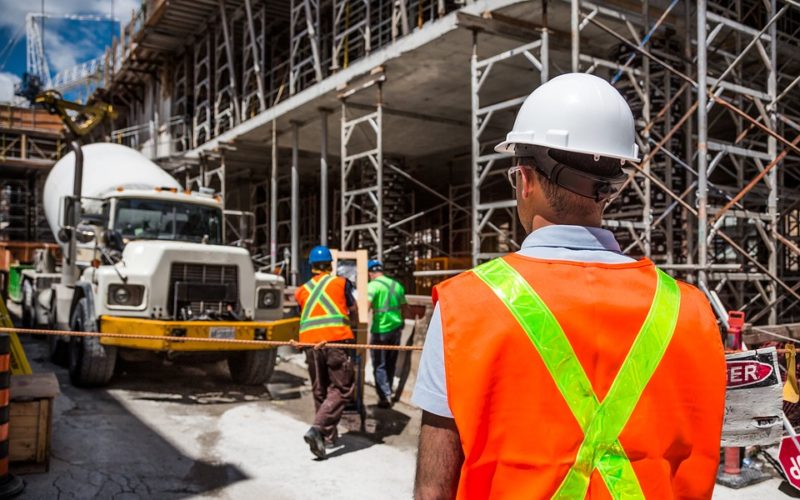In recent years, the housing sector has witnessed a surge in conflicts between house developers and local communities, often referred to as NIMBYs (Not In My Backyard). This growing tension stems from differing perspectives on urban development, environmental preservation, and community integrity. While developers are eager to meet the increasing demand for housing, NIMBYs advocate for maintaining the character and quality of their neighbourhoods. Understanding the core issues at play is essential for finding a middle ground that addresses both parties' concerns.
Economic and social pressures
One of the primary drivers behind the push for new housing developments is the pressing need to accommodate a growing population. Urban areas, in particular, are experiencing significant population influxes, leading to a shortage of affordable housing. Developers argue that new projects are essential to meet this demand and stimulate economic growth. They highlight the potential benefits, such as job creation, increased tax revenue, and improved infrastructure. Conversely, NIMBYs raise concerns about the social and environmental repercussions of rapid development. They worry that new constructions may lead to overcrowding, strain local resources, and disrupt the social fabric of their communities.
Environmental concerns
A significant point of contention between developers and NIMBYs is the environmental impact of new housing projects. NIMBYs often argue that large-scale developments can lead to the destruction of green spaces, loss of biodiversity, and increased pollution. They highlight the importance of preserving natural habitats and promoting sustainable urban planning. On the other hand, developers contend that modern construction techniques and regulations ensure minimal environmental disruption. They advocate for eco-friendly building practices and emphasise the potential for integrating green spaces within new developments. Balancing these environmental considerations with the need for housing remains a complex challenge.
Community character and identity
For many NIMBYs, the preservation of community character and identity is a paramount concern. Long-standing residents often feel a deep connection to their neighbourhoods and are wary of changes that could alter their way of life. They fear that large-scale developments could erode the unique charm and historical significance of their communities. Developers, however, argue that change is inevitable and that new housing projects can enhance, rather than detract from, the local culture. They propose designs that blend seamlessly with existing architecture and promote community-oriented amenities. Finding a design approach that respects both tradition and progress is essential for mitigating tensions.
Infrastructure and services
The impact of new housing developments on local infrastructure and services is another critical issue in the developer-NIMBY debate. NIMBYs often express concerns about the capacity of existing roads, schools, healthcare facilities, and utilities to support an influx of new residents. They fear that without adequate planning and investment, the quality of these services could decline. Developers, acknowledging these concerns, emphasise the importance of comprehensive planning and collaboration with local authorities. They argue that well-planned developments can lead to infrastructure improvements and enhanced public services. Addressing these logistical challenges is crucial for gaining community support.
Finding common ground
Navigating the tensions between house developers and NIMBYs requires a collaborative and transparent approach. Open communication and active engagement with local communities can help bridge the gap between differing perspectives. Developers should prioritise community consultations and involve residents in the planning process. By addressing concerns and incorporating feedback, developers can build trust and foster a sense of shared ownership. Additionally, policymakers play a vital role in facilitating balanced development. Clear guidelines and regulations that promote sustainable and inclusive growth can help mitigate conflicts. Ultimately, finding common ground involves recognising the legitimate concerns of both developers and NIMBYs and working towards solutions that benefit all stakeholders.
The path forward
The conflict between house developers and NIMBYs is a complex and multifaceted issue. However, it also presents an opportunity for innovative and inclusive urban planning. By prioritising sustainability, community engagement, and thoughtful design, it is possible to create housing solutions that meet the needs of a growing population while preserving the character and quality of local communities. The path forward requires a commitment to collaboration, transparency, and mutual respect. Only by working together can developers and NIMBYs find a way to build a future that benefits everyone.

